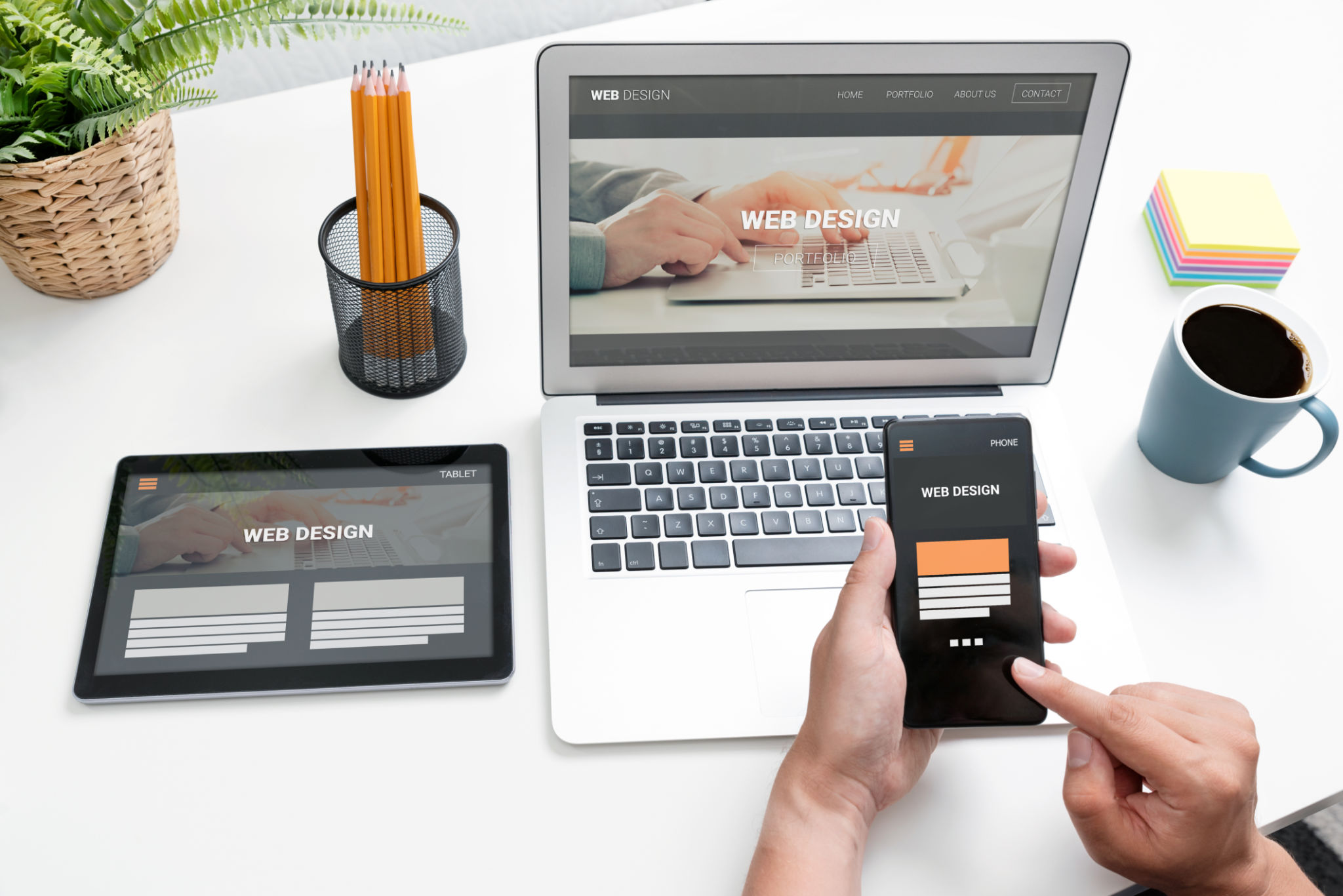Stay Ahead: Understanding the Latest Website Design Trends
Embracing Minimalism
In the ever-evolving world of website design, minimalism continues to reign supreme. This trend emphasizes simplicity, clean lines, and ample white space, allowing content to shine without unnecessary distractions. Minimalist designs are not only aesthetically pleasing but also enhance user experience by improving load times and navigation.
Designers are increasingly focusing on essential elements, stripping away anything superfluous. This approach not only helps in creating visually appealing sites but also ensures that users can find what they need quickly and effortlessly. As businesses and individuals strive for a more streamlined online presence, minimalism offers a solution that is both functional and stylish.

Dark Mode Dominance
Dark mode has become a popular choice for web designers and users alike. Offering a sleek and modern look, dark mode enhances readability in low-light environments and reduces eye strain. Many major platforms, including social media giants and tech companies, have embraced this trend, making it a crucial consideration for any new website design.
The appeal of dark mode extends beyond aesthetics. It can also contribute to energy savings on devices with OLED screens. By displaying darker pixels, these screens consume less power, making dark mode an environmentally friendly choice as well.

Immersive 3D Visuals
Thanks to advancements in technology, 3D visuals are becoming increasingly prevalent in web design. These immersive elements can capture users' attention and provide a more engaging experience. From stunning graphics to interactive animations, 3D visuals add depth and realism to websites.
Implementing 3D elements effectively requires careful consideration of load times and user experience. It's essential to strike a balance between visual appeal and functionality to ensure that the website remains accessible to all users.

Micro-Interactions for Enhanced Engagement
Micro-interactions are subtle animations or design elements that respond to user actions. These small details can significantly enhance user engagement by providing immediate feedback and creating a more interactive experience. Examples include hover effects, button animations, and scrolling cues.
Incorporating micro-interactions into website design can make navigation feel more intuitive and satisfying. When executed well, these elements add personality to a site and help guide users through their journey seamlessly.
AI-Powered Personalization
Artificial intelligence is revolutionizing website design by enabling personalized user experiences. AI can analyze user behavior and preferences to deliver tailored content, recommendations, and even design elements. This level of personalization helps build stronger connections with users and can lead to increased engagement and conversions.
As AI technology continues to advance, web designers will have more tools at their disposal to create dynamic, user-centric websites. The ability to personalize content in real-time ensures that users receive relevant information that meets their needs.

Asymmetrical Layouts for Unique Appeal
Breaking away from traditional grid-based layouts, asymmetrical designs offer a fresh and modern approach to website aesthetics. These layouts create visual interest by balancing elements in an unconventional manner, often resulting in a more dynamic and engaging user experience.
Asymmetrical designs can help brands stand out by showcasing creativity and individuality. However, it's important for designers to maintain usability and ensure that the layout guides users naturally through the site.

Responsive Design: A Non-Negotiable Standard
With an increasing number of users accessing websites on mobile devices, responsive design has become an essential aspect of web development. Ensuring that websites perform well across different screen sizes is crucial for providing a seamless user experience.
Responsive design involves creating flexible layouts that adapt to various devices, ensuring that content is accessible and visually appealing regardless of the platform. It remains a top priority for web designers aiming to meet the needs of a diverse audience.

Conclusion: Staying Ahead of the Curve
The landscape of website design is constantly changing, driven by technological advancements and evolving user preferences. By understanding and embracing the latest trends such as minimalism, dark mode, 3D visuals, and AI-powered personalization, designers can create websites that not only meet current expectations but also set new standards for the future.
Staying ahead in web design requires continuous learning and adaptation. By keeping an eye on emerging trends and incorporating innovative techniques, businesses and individuals can ensure their online presence remains relevant and impactful in an ever-competitive digital world.
